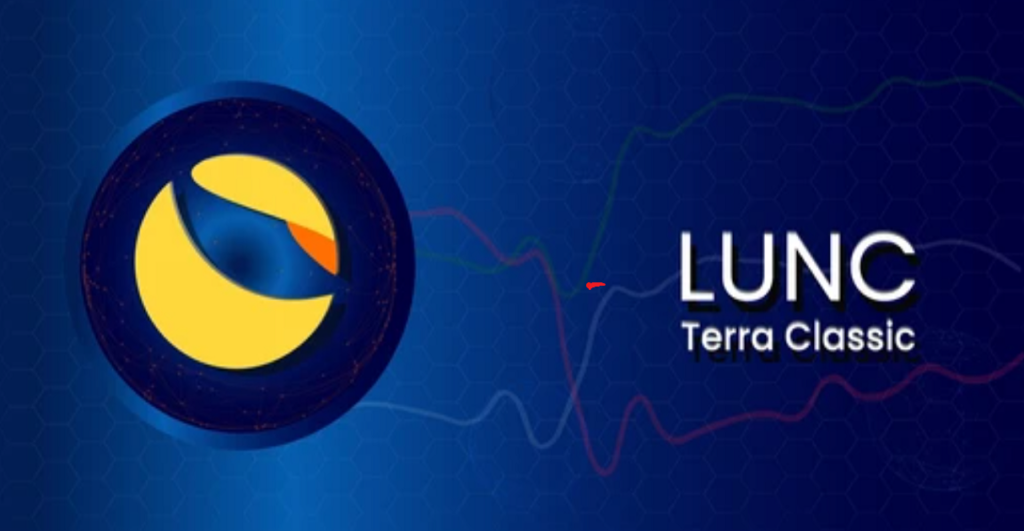The Terra Luna Classic (LUNC) community is making bold strides towards a more efficient and user-friendly ecosystem with the recent approval of a new tax handling proposal. Known as the “Reverse Charge” mechanism, this change simplifies how taxes are applied to transactions on the Terra Classic blockchain, aiming to make it easier for developers and users alike. This new structure comes as part of a broader movement within the Terra Luna Classic community, with significant efforts also focused on token burns and ecosystem expansion.
Reverse Charge Mechanism: A Game-Changer for Tax Handling
With the Reverse Charge tax system, taxes are directly deducted from the transaction amount before it reaches the recipient. This means that senders no longer have to pay additional taxes on top of their transaction, making it more seamless and cost-effective. For developers, this update is particularly valuable as it eliminates the need to create custom tax-handling code for decentralized applications (dApps) on the Terra Classic blockchain.
One of the biggest advantages of the Reverse Charge is the elimination of double taxation. Previously, developers faced complex tax scenarios where both receiving and sending funds triggered taxation, especially in smart contract interactions. Now, only outgoing transactions from a contract to a wallet will be taxed, ensuring a simpler and fairer system that reduces costs and simplifies the user experience. This forward-thinking approach also offers backward compatibility; developers can still apply the sender-side taxation if they choose, giving them flexibility in managing transaction costs.
Recent Token Burns and Community Efforts to Boost LUNC Value
This new tax proposal is just one part of the Terra Luna Classic community’s commitment to strengthening LUNC’s value. Token burns, a key component of this strategy, continue to reduce the circulating supply of LUNC, contributing to price stabilization and potential growth. Recently, Binance burned over 1.048 billion LUNC, bringing the community’s total burn tally to an impressive 137 billion tokens.
Additionally, smaller burns, such as a 49,472.28 LUNC burn on the network, illustrate the community’s ongoing efforts to lower the token supply. Beyond token burns, the Terra Classic network has recently expanded its validator support, delegating 30 million LUNC to prominent ecosystem players like @VegasMorph and @hexxagon_io, which now pushes the total Terra Classic delegation close to 990 million LUNC. This delegation is designed to reinforce validator nodes and support the network’s stability.
Closure of Shuttle Bridge: A Strategic Move for LUNC’s Future
Another notable development within the Terra Classic ecosystem is the closure of the Shuttle Bridge, an infrastructure component previously used for cross-chain transactions. This change is significant because it marks a shift towards a more streamlined network. According to community member Leonardo, the bridge’s closure is part of a long-term vision to strengthen the LUNC ecosystem, reduce complexities, and eventually support future burns.
Addressing questions on the bridge’s impact, Leonardo stated:
“Today, I was flooded with DMs about the repeg plan/TFL burns. The expected burn didn’t happen, but the good news is the Shuttle Bridge is now closed. When the bridge burn happens, we’ll adapt.”
The community remains optimistic about the bridge closure’s potential to fuel additional LUNC and USTC burns, further contributing to the Terra Classic ecosystem’s resilience and ongoing commitment to a stable, deflationary path for LUNC.
The Road Ahead for Terra Luna Classic
The Terra Luna Classic community is demonstrating an inspiring level of commitment to not only boost LUNC’s value but also to make it an attractive platform for developers and users. With the Reverse Charge tax mechanism simplifying transactions, ongoing burns reducing supply, and infrastructure optimizations like the Shuttle Bridge closure, Terra Luna Classic is paving a path toward a sustainable and resilient future.
For those invested in or watching the Terra Classic ecosystem, these developments indicate a robust foundation that continues to evolve with every new proposal, burn, and community initiative. As Terra Luna Classic charts this exciting course, we can anticipate a growing interest in LUNC and its expanding ecosystem.
Stay up-to-date with the latest in Terra Luna Classic and more by following us:
- Twitter: @_KenyaCryptoMag
- Instagram: @KenyaCryptoMag
- WhatsApp: Join our WhatsApp
The Terra Luna Classic community is on a mission, and it’s one you won’t want to miss!
QUEEN WHALE
Views: 27




